Researchers take a lead from seahorse tails to develop grasping robots that could help clear up trash from our oceans.
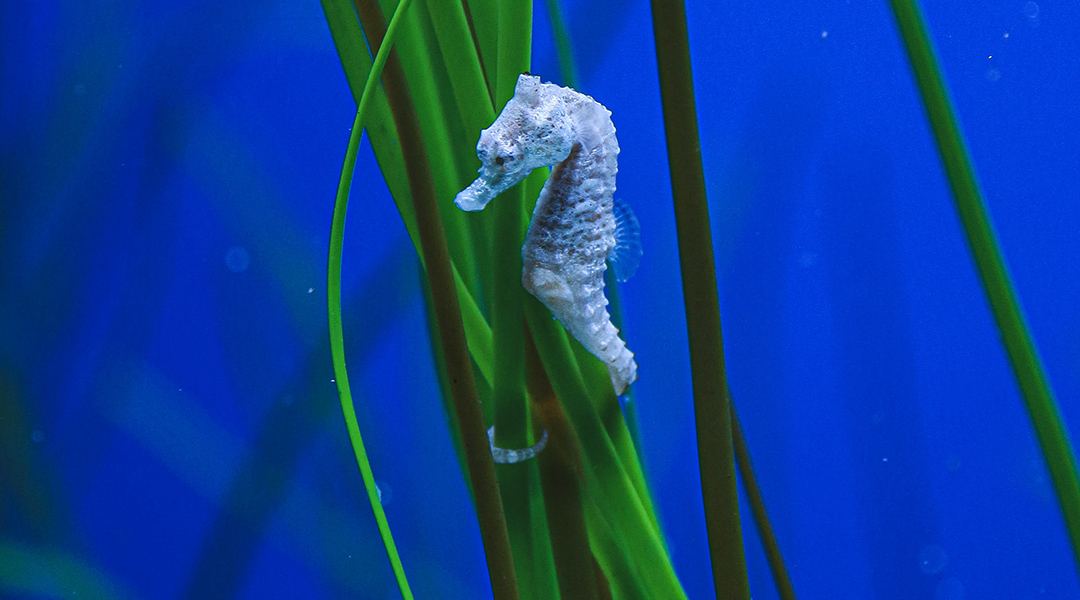

Researchers take a lead from seahorse tails to develop grasping robots that could help clear up trash from our oceans.

A new battery design not only provides energy,not only provides energy, but facilitates automatic surfacing and diving mechanisms in electronic, underwater equipment.

Rigid elements are holding soft robots back from their full potential, and new research suggests swapping in fluid-based systems.
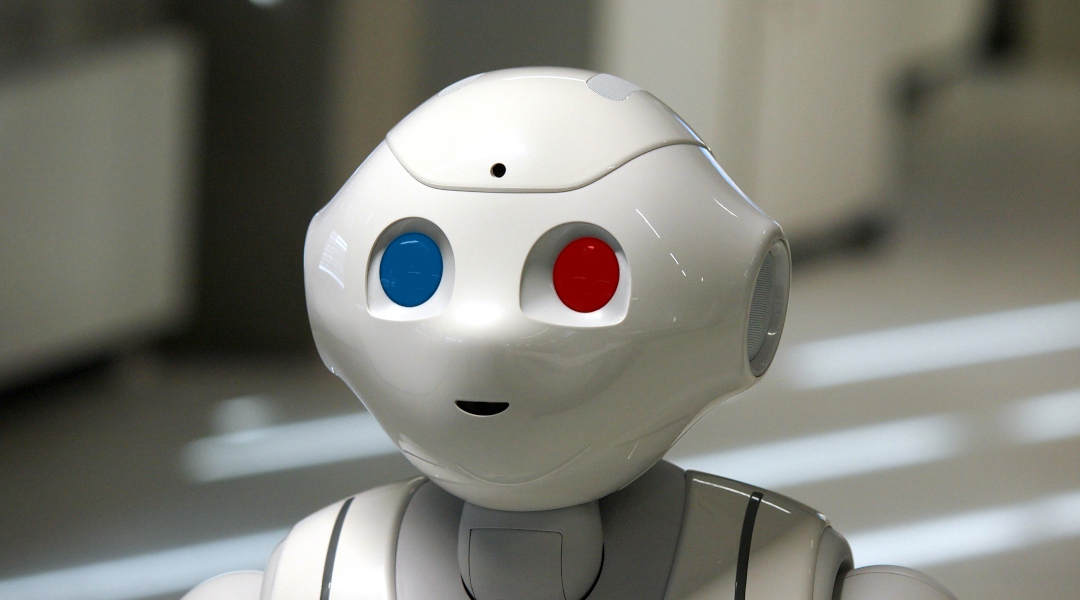
Fusing data from multiple moving cameras helps robots generate realistic 3D maps of their surroundings.
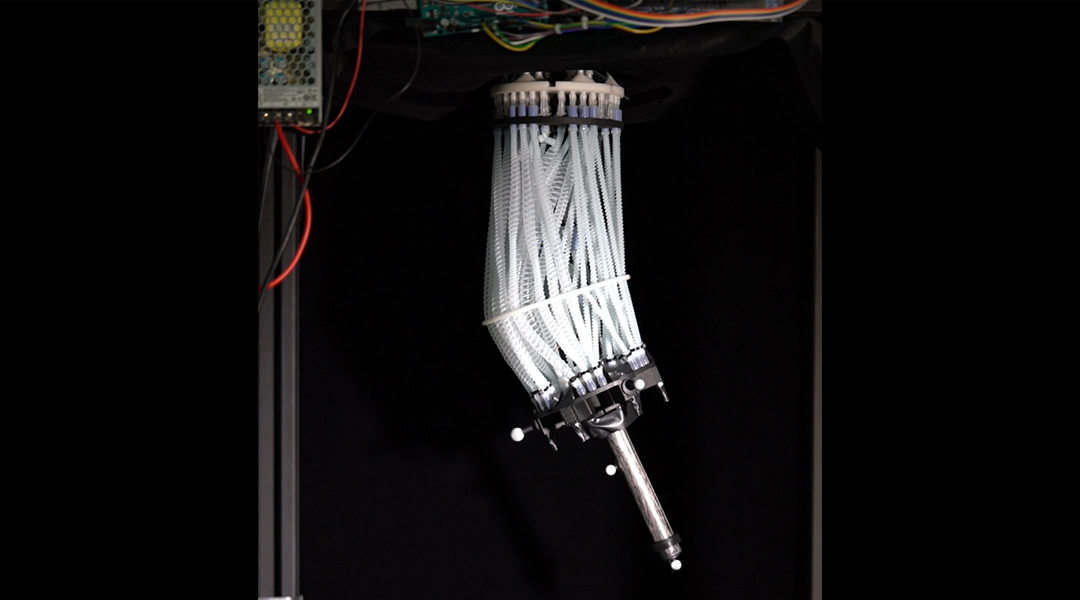
Using soft materials, researchers have developed a robot arm that mimics the rotational movement and structure of the shoulder.
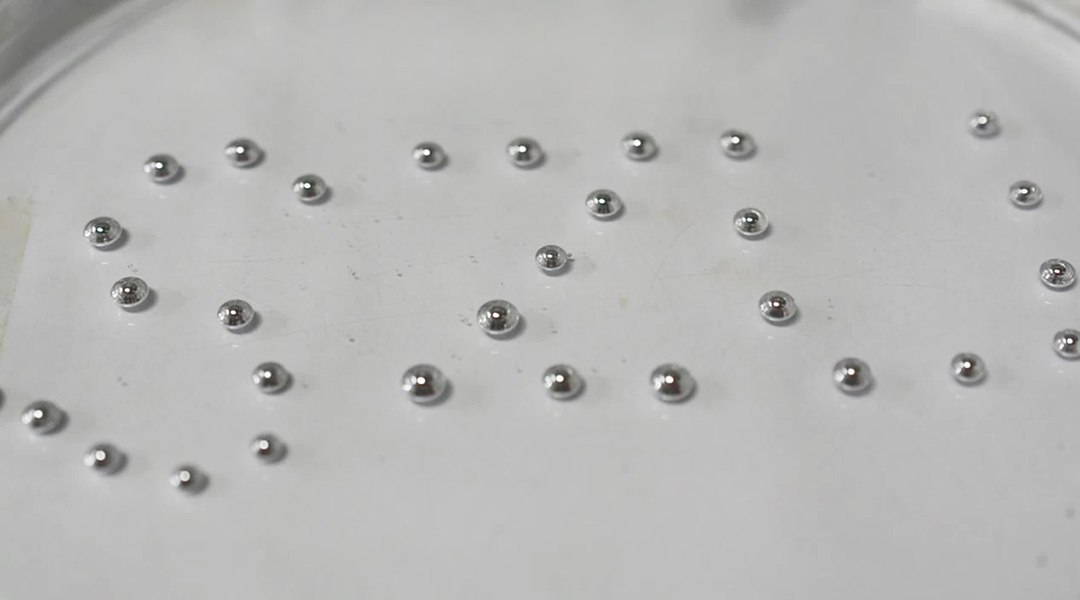
Researchers leech off the natural world to develop dynamic liquid metal robots for electrical circuits.

Insights gained from the hard landings of tree-climbing geckos leads to better and controlled perching in robotic aerial vehicles.

Microrobots dubbed “microwalkers” can both swim and walk, allowing them to transverse challenging biological environments.
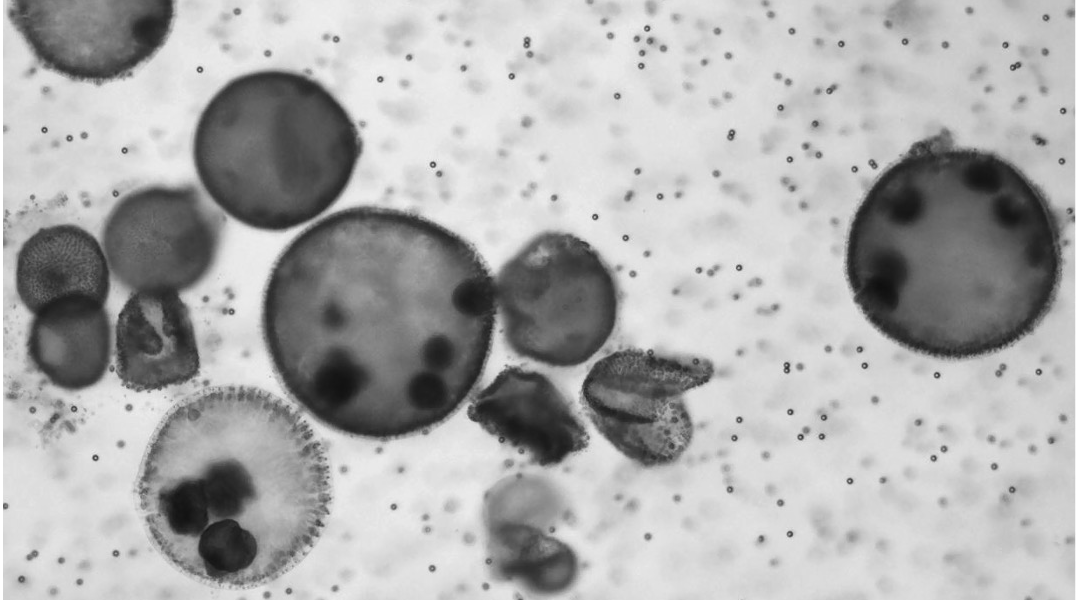
Living microrobots made from algae were weaponized to help fight tumors by improving the effectiveness of cancer therapies.
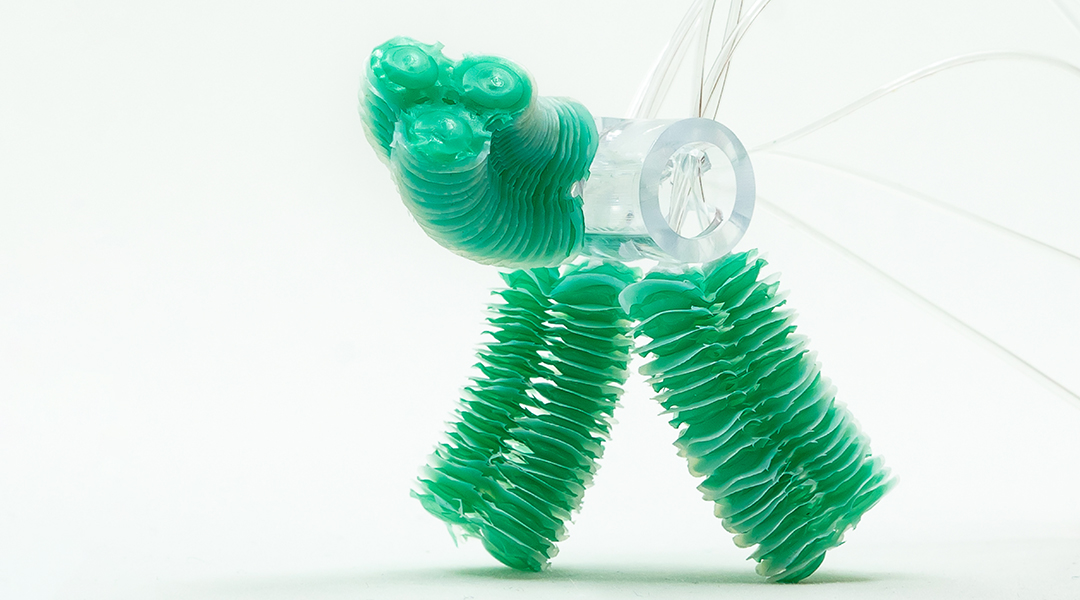
Complex environments require soft robots to adapt to minimal spaces without sacrificing the ability to complete dexterous tasks.